I'm planning to build a kid-friendly "universal remote" so the kids can turn on and off a myriad of IR-controlled devices with one or two easy presses...
The remote is going to have maybe 20 big chunky buttons which, when pressed, with send the multiple IR signals to all the necessary devices to, say, turn on kids channel, set up the Wii, etc, etc...
Most of the buttons will be laid out in a grid pattern, but some might be used for up/down/left/right, enter, etc....
I'll use an Arduino Pro Mini or Uno as the uC.
Are there any clever ways to wire up these buttons? A grid-type circuit? Analog inputs with different resistors between each button? An IC that'll make the job easy?


